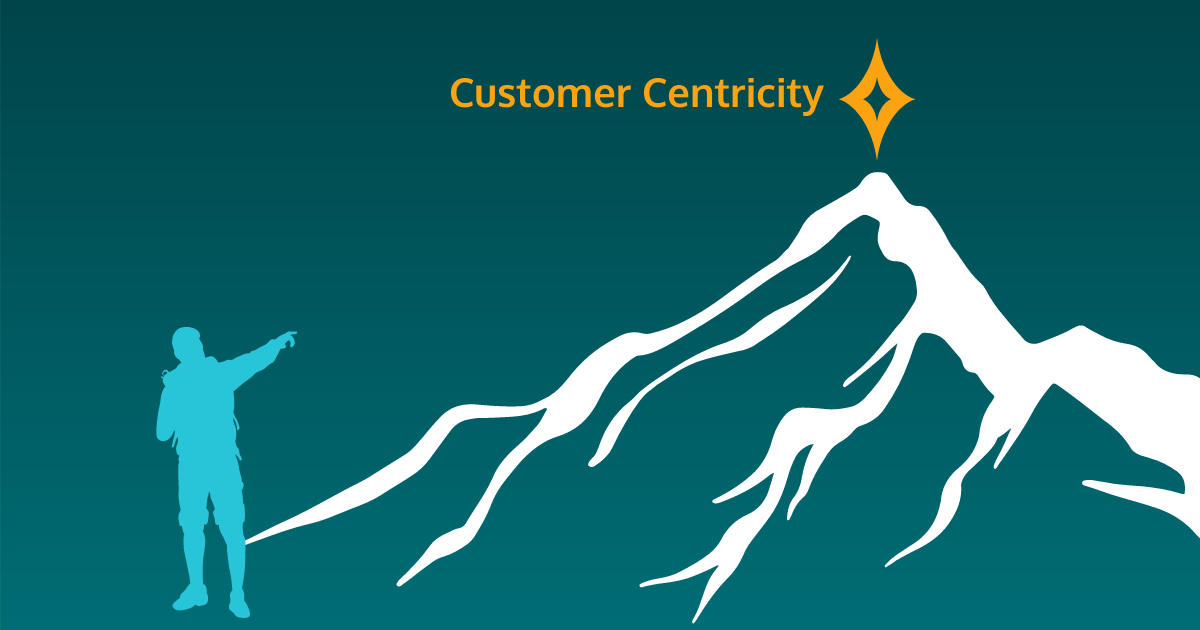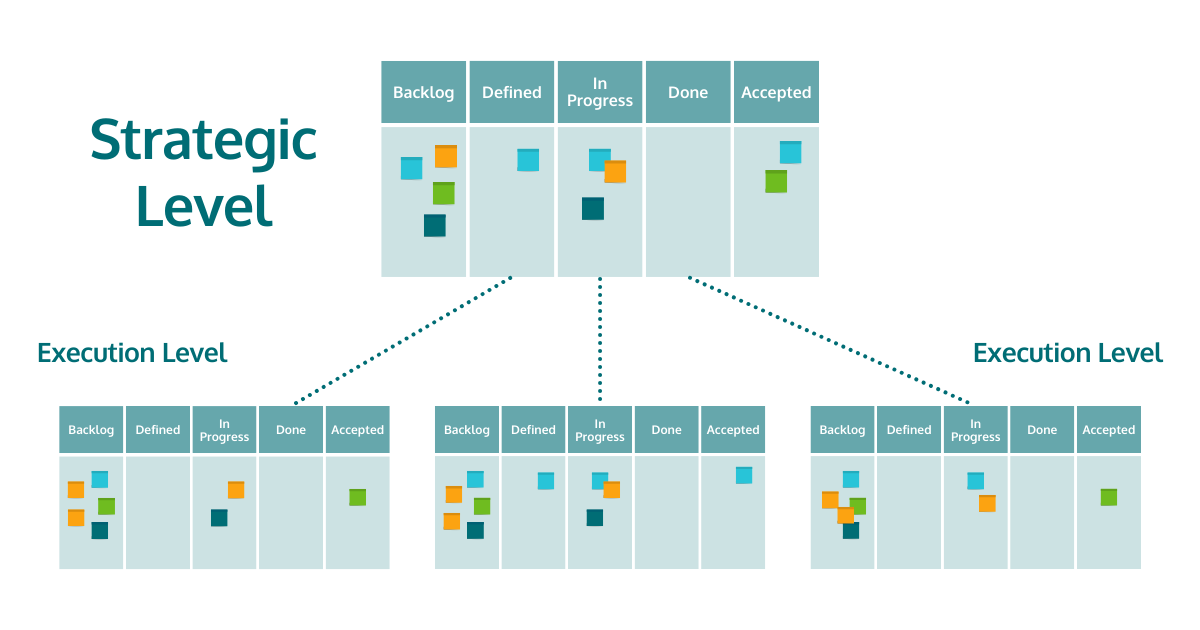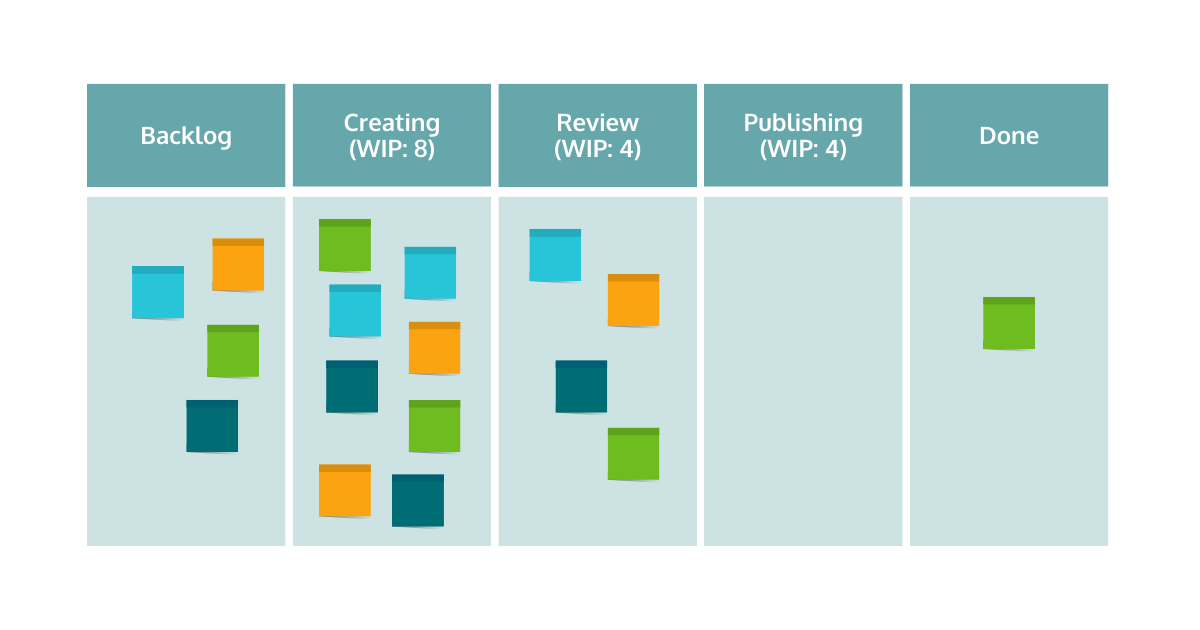Improve your Marketing Ops every week
Subscribe to our blog to get insights sent directly to your inbox.
Confront your process problems head on with a Sherpa by your side.
Explore support options that are tailored to meet you wherever you are on your climb.
Browse our pioneering Agile marketing courses
Learn from the stories of marketers already on the road to process improvement.
Featured Resource

State of Agile Marketing
Learn from 8 years of study on how marketers are increasing their agility.
Download Report
Nobody ever said project management was easy (mostly because they’d be tarred and feathered by a mob of angry PMs, and rightfully so). But it’s also not getting any easier. Despite the vast array of modern tools and techniques available to PMs today, project management can still feel like herding cats.
The response to these challenges is usually an endless search for another tool, another process, or another training, with the prospect of actually solving your challenges seemingly always just out of reach. It’s no wonder PMs are stressed out.
Of course, the prospect of a new approach to project management that will eliminate all this chaos is tempting, but the reality is a bit different. That chaos needs to be controlled. Projects will always change, so you need to be able to change alongside them without feeling like you’re trying to ride a tiger.
Enter: Agile Project Management.
We’re not going to tell you that Agile Project Management is a single approach that will remove the need to adapt and change, far from it. Instead, it’s a way to ensure those necessary adaptations happen in a predictable and effective way.
Agile projects do this by relying on a few key principles:
There’s more detail in the day-to-day execution of these principles, but these are the most important ones for Agile project managers.
Crucially, what differentiates Agile project management from other approaches is that it relies on a mindset shift above all else. The precise tools and techniques can vary (and we’ll mention some of your options later) as long as they rest on these principles.
This lack of rigidity is how and why Agile evolves over time, adapting to new challenges while keeping its connection to the principles. Every PM knows that no plan survives contact with a project’s reality, so Agile embraces that instead of fighting it.
Like so many great ideas, Agile began as a response to an extremely broken status quo. By 1995, software developers were dealing with a reality where only 9% of enterprise software projects were completed on time and on budget.
Nine percent. Let that sink in for a minute.
No wonder software developers and the people managing their projects were clamoring for something new. The problem lay with the Waterfall Methodology, which had stakeholders creating extremely detailed project briefs before work began. Those Stakeholders would then wait months – or even years – before the software was ready for feedback.
Of course by that point, their needs were probably different. The result was either bad software, or going back to the drawing board (read: delays and cost overruns). So they started to break their work up to get that feedback earlier. By responding to change instead of following the plan at all costs, the software was able to evolve with the customer’s needs.
In 2001, this alternative way of working was formalized into the Agile Manifesto.
Since then, Agile has been adapted for all kinds of functions. For example, 71% of marketers today either use Agile or plan to. It’s no wonder so many marketing project managers are looking for ways to use it.
We mentioned some of the basic Agile principles, but learning how to make your next marketing project Agile requires a little more understanding. So let’s look at four key elements of Agile project management in practice.
If there’s one basic idea behind everything in Agile it’s a focus on customers and other stakeholders. Everything else is done the way it’s done to achieve this ultimate goal.
In practice, this means considering what actions will most effectively deliver value to your stakeholders first.
This approach to prioritization is helpful because too often, different people within a project are making decisions based on totally unrelated criteria. One might be thinking about what delivers the project the fastest, another about what ensures the highest quality, while a third might just be thinking about what’s easiest for themselves.
The result is conflict, competing priorities, and difficulty prioritizing.
Agile project management simplifies all of this by creating a singular focus, so everyone can discuss which approach best delivers value to their stakeholders instead of unproductive arguments for unspoken priorities. Frequent stakeholder feedback also ensures these questions don’t get too abstract. You know what they value because they tell you.
So if you’re wondering how to make your next marketing project more Agile, using customer centricity as a north star is the single most effective change you can make. That said, it’s only the first step.

Speaking of delivering value to stakeholders, one of the most effective ways to do that is by using MVPs, which we can think of as Minimum Viable Projects. For example, instead of creating an ebook as a downloadable resource to gather contact information for a sales team, you could begin by running ads, writing articles, or asking people to sign up if they’re interested.
You can think about MVPs via this simple definition:
“The minimum viable product is the smallest product release that successfully achieves its desired outcomes.”
Or, put another way, “A minimal viable product is also the smallest thing you could create or do to prove or disprove an assumption.”
This approach enables you to test ideas and gather information while expending far fewer resources. Perhaps you learn that you chose the wrong topic for that ebook, or that people would prefer a series of articles instead of one large ebook. By learning these lessons earlier and at lower cost, Agile project managers can pivot, reassign resources, and focus on what’s going to get results.
Many people assume that MVPs are something only startups can do, but even companies in highly regulated industries like banking or pharmaceuticals have proven they can be used effectively. So regardless of the size or complexity of your marketing projects, using MVPs is an effective way of injecting Agile ways of working into your work.

Obviously one of the biggest challenges any PM faces is just keeping track of everything that’s going on. At its most basic level, great visualization tools enable everyone on your team to easily access the information they need to work on a task in one location. It can also convey priority, ensuring everyone automatically knows what to begin working on next.
Combined, these two advantages of work visualization eliminate massive amounts of waste in the form of waiting for information or wondering what to do next.
But Agile project management is also about visualizing strategic and tactical progress alongside just tracking what everyone is working on. This allows project managers to directly tie the work they’re going towards broader strategic goals. The result is greater confidence up and down the organization as leaders are confident that projects are helping achieve a strategic vision while PMs can more easily demonstrate the value they’re creating.
The tool you use for this visualization can be anything from a wall in an office to any number of digital tools. Using a tool designed specifically for Agile work can be helpful as it often comes with Agile-specific functions.
Practically, these tools generally represent tasks with cards that move along columns representing status. For example, you may begin with a backlog, and pull work into “in progress” before moving it to “review” once it’s ready for another pair of eyes. This clear visual system enables everyone to see what’s happening at a glance, spotting bottlenecks and identifying what needs to happen next more easily. Another Agile technique that further enhances these visualization tools is WIP limits.

From projects as a whole down to individual contributors, trying to do too much at once destroys productivity. So why do we do it? It’s usually just too tempting to jump on something new. We justify it to ourselves because priorities changed or that new thing is really important.
In other words, humans usually lose the battle with multitasking. But by placing hard limits on the amount of WIP we can have at any one time, we’re better able to focus on finishing work before starting something new. Otherwise, work gets started and then abandoned for long periods of time, we’re forced to context switch more often, and we end up feeling more overwhelmed by the amount of work going on at once.
That translates into shortening the time it takes for work to deliver value, gather feedback, and begin another iterative cycle of improvement.
It all adds up.
Usually WIP limits are placed on columns within a visualization tool. So, for example, you might have a limit on 3 items in the review stage. When someone has a fourth thing ready for review, instead of just throwing it onto the pile and getting back to something else, they need to flag the fact that there’s a problem and see how the team can help expedite work in the review column.
As a result, instead of festering, problems get addressed quickly so work can get back to an efficient flow state.

Imagine going back to managing projects the way you (or your predecessors) did 20 years ago. If that sounds utterly terrifying, it should! Work is always evolving so no process will remain effective indefinitely.
The problem is that we usually wait to improve a process until it’s already broken. It’s a bit like deciding to forego your car’s annual checkup and just drive it until it catches fire. Then you’ll peek under the hood to see what might be wrong.
By incorporating regular meetings where you discuss what’s going well, what’s not going well, and brainstorm ideas for improvement, you can ensure the processes you rely on stay viable. If not, you can use the next cycle to test an idea for improvement. By relying on data instead of just switching to something new, it becomes easier to make good decisions and get teams onboard.
So from the beginning of any project, consider how and when you will iterate on your process and the content of the project itself. Being proactive about getting your marketing team together to talk about your work is another simple way to begin making your marketing more Agile.
A common way to do this is by using an Agile framework like Scrum. But whether you want to adopt a specific framework or just try some of the techniques on this list on their own, you can still make iterative improvements to your projects.
Curious to learn more about Agile frameworks? Get our dedicated guide on choosing the best one for your needs.
It’s easy enough to make anything sound great in a vacuum, so let’s look at what Agile project management looks like compared to its traditional counterpart.
Traditional project management focuses on predictability through more rigid planning, longer project phases, and more documentation. This was a great improvement on the chaotic approaches that came before, but that was back in the 1970s…
Agile project management, by contrast, prioritizes flexibility in order to find the best way to deliver value to stakeholders. That flexibility is why Agile has only gained in popularity in the decades since it was first developed, a time when most new project management styles begin to atrophy.
You may have heard that Agile project management doesn’t involve any planning, that it just adapts to the circumstances of the moment without looking ahead. This isn’t true, as planning is critical for Agile project management. The difference comes with how you plan.
Agile planning replaces big detailed upfront plans created months ahead of time with smaller plans built around the idea of change. This ensures planning stays relevant, ties back to organizational goals, and is ready to adapt when circumstances change.

While you can begin using some Agile methods in your project management quite easily, making the full switch requires a deeper understanding of Agile ways of working. Fortunately, we’ve taken our hundreds of combined hours of experience helping organizations implement Agile marketing and turned it into a series of mini-lessons we call Carabiners.
Each lesson focuses on one aspect of Agile. For example, prioritization, creating psychological safety, or becoming more customer centric. By mastering these concepts you’ll be ready to unlock your full potential as an Agile project manager.
Subscribe to our blog to get insights sent directly to your inbox.
Subscribe to our blog to get insights sent directly to your inbox.